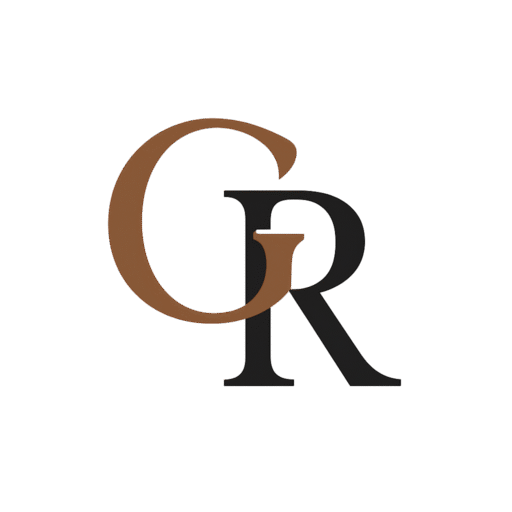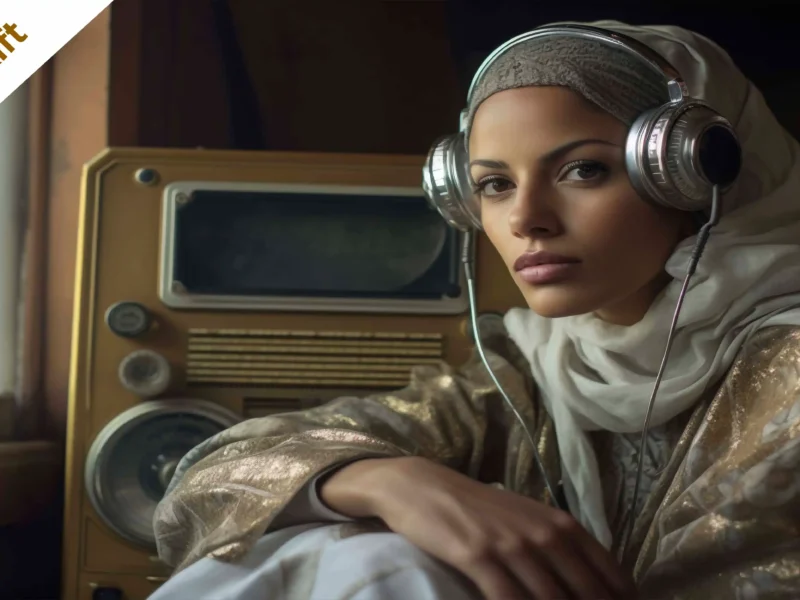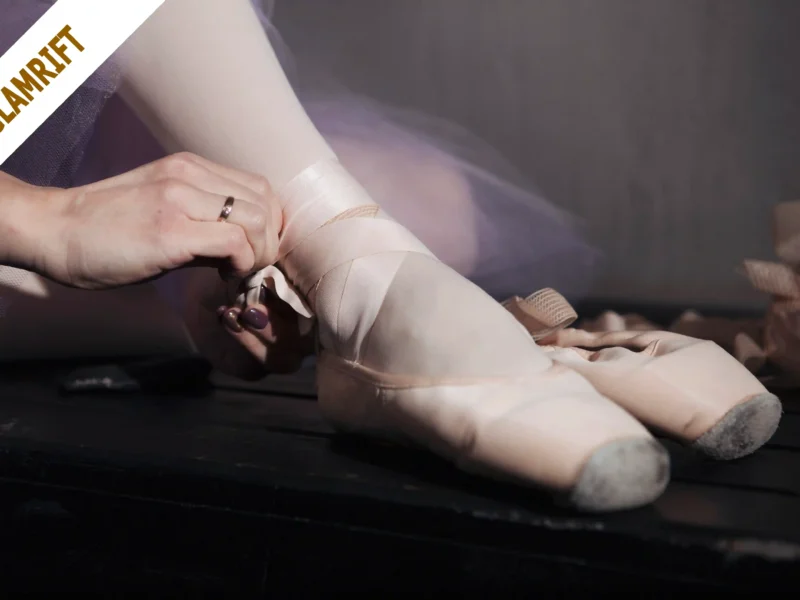You’re about to navigate the seven Fashion Trends 2025 shaping how you’ll dress—smarter, cleaner, and more adaptable. From AI-curated outfits and eco-luxe materials to modular pieces that switch from desk to dinner, you’ll see function meet polish. Expect gender-fluid tailoring, tactile finishes, and mood-responsive color to reset the basics. Add hyper-functional accessories and future-minded craftsmanship, and your wardrobe becomes a system. Here’s where it starts—and why it matters next.
Key Takeaways from Fashion Trends 2025
- AI-driven personalization leads the way in Fashion Trends 2025, tailoring outfits in real time and evolving with user feedback and calendars for effortless daily dressing.
- Eco-luxe materials and circular design dominate, featuring bio-leathers, recycled fibers, and brand-backed trade-in loops.
- Modular wardrobes thrive, with convertible details and wrinkle-resistant fabrics enabling seamless desk-to-dinner transitions.
- Gender-fluid tailoring advances, prioritizing adjustable fits, clean lines, and balanced, non-binary silhouettes.
- Statement textures rise within Fashion Trends 2025: liquid metallics, plush knits, and subtle 3D accents add depth without overwhelming.
AI-Driven Personalization and Smart Styling in Fashion Trends 2025
Although trend cycles still move fast, Fashion Trends 2025 put you in control with AI-driven personalization and smart styling that learns your taste, mood, and calendar in real time. Your wardrobe becomes a responsive system: apps parse your past outfits, fit data, local weather, and social plans to serve precise looks. You get shoppable edits, instant alternates, and size recommendations that actually fit.
You’ll build style profiles that evolve as you do. Snap a mirror photo, and your assistant suggests tweaks—swap shoes, add structure, change color balance. Traveling? It packs outfits for meetings and nights out, minimizing decision fatigue. You can set boundaries—dress codes, comfort levels, silhouettes—and the AI respects them. The result: fewer misbuys, stronger signatures, and Fashion Trends 2025 that deliver effortless, day-to-night cohesion.
Eco-Luxe Materials and Circular Design
Even as Fashion Trends 2025 refresh, luxury leans cleaner and smarter with eco-luxe materials and circular design front and center. You’ll see cashmere blended with recycled fibers, plant-based silks, bio-leathers, and traceable dyes replacing legacy finishes. Designers prioritize closed-loop production, so pieces return to the system—repaired, resold, or remade—without losing polish or prestige.
| Eco-Luxe Material | Circular Action |
|---|---|
| Bio-based leather | Take-back and remanufacture |
| Regenerated cashmere | Certified repair programs |
| Tencel Luxe | Monomaterial construction |
| Recycled sequins | Digital passports for resale |
You’ll favor garments labeled for fiber content, origin, and end-of-life options. Choose monomaterial knits for easier recycling, and invest in quality stitching so repairs extend wear. Opt for timeless cuts that sustain value in secondhand markets, and use brand-backed trade-ins to close the loop.
Modular Wardrobes for Day-to-Night Dressing
While Fashion Trends 2025 shift faster than calendars, you build smarter by designing a modular wardrobe that snaps from desk to dinner without fuss. Start with a tight palette, then layer pieces that clip, zip, and swap. A blazer with detachable cuffs, a reversible slip, and trousers with snap hems let you reconfigure in minutes. You’ll move from polished to playful by switching textures and hardware, not entire outfits. Keep silhouettes clean so components integrate without friction—hallmarks of adaptable style within Fashion Trends 2025.
Snap from desk to dinner: clean silhouettes, convertible details, and a tight, mix-and-match palette.
- Choose core fabrics that resist wrinkles and drape well: technical wool, stretch satin, ribbed knits. They pack light, breathe, and recover shape.
- Prioritize convertibility: removable belts, magnetic scarf panels, and interchangeable straps elevate basics instantly.
- Build accessory kits: compact shoe covers, stackable jewelry, and mini bags that hook onto belts.
Gender-Fluid Tailoring Evolved
Modularity sets the stage for a sharper idea: tailoring that ignores the men’s/women’s aisle and fits your body, not a category. You look for clean lines, deliberate proportions, and adjustable details that move with you. Think soft-shouldered blazers with nipped waists, extended rises that sit how you like, and hems you can customize. The aim isn’t neutrality; it’s precision—and it’s central to Fashion Trends 2025.
You mix “masc” structure with “femme” fluidity: a sharp lapel meets a curved dart; a boxy vest skims, not swamps. You prioritize balance—broadened shoulders paired with tapered trousers, elongated sleeves offset by cropped jackets. Smart closures, hidden elastics, and modular waist tabs fine-tune fit on the fly. These adaptive choices define Fashion Trends 2025, proving polish doesn’t require binary rules.
Statement Textures: Liquid Metallics, Plush Knits, 3D Details
Shine, sink, and stand out—2025 textures demand touch as much as sight. You’ll see liquid metallics flow like mercury across slip dresses, boots, and sharp trenches, catching city lights with every move. Balance that polish with plush knits that cocoon: ribbed polos, cloud-soft cardigans, sculpted midi skirts. Then layer in 3D details—corded seams, raised quilting, laser-cut petals—that turn garments into tactile landscapes.
- Pair a molten silver top with matte wool trousers; the contrast keeps shine intentional, not costume.
- Choose plush knits with architectural ribs; they frame the body and resist sagging through long wear.
- Add subtle 3D accents at cuffs or collars; they photograph crisply and elevate basics without overwhelming.
Edit your closet by texture; your surface tells the story.
Mood-Responsive Color and Dynamic Dyes
As textures get tactile, color starts to think for itself. You’ll see garments shift shade with temperature, light, and proximity, turning daily dressing into a living gradient. Dynamic dyes react in real time, moving from muted to electric, cool to warm, soft dawn to saturated dusk, all without a print in sight.
You’ll curate mood through chroma: a blazer deepens as rooms heat up, a slip dress blooms under afternoon sun, a scarf cools to slate in the breeze. Designers map zones—collars, cuffs, and hems—to create controlled transitions, so the effect reads intentional, not gimmicky. Pair these pieces with clean silhouettes and stable neutrals to let the hues perform. You won’t just wear color—you’ll direct it, like lighting for your day.
Hyper-Functional Accessories and Wearable Tech
While silhouettes streamline, your add-ons get brains and brawn. You’ll upgrade belts, bags, glasses, and jewelry into smart tools that anticipate needs, not just accessorize. Modular batteries snap into buckles; near-field tags speed transit; micro-sensors map posture and hydration without fuss. You get durability, weatherproofing, and quiet aesthetics, so tech hides in clean lines. Touch, voice, and glance controls keep your hands free, while privacy toggles let you go ghost in a tap.
- Smart cuffs track vitals, auto-sync workouts, and trigger discreet safety alerts, with haptic nudges instead of noisy prompts.
- AR sunglasses switch from UV shield to heads-up navigator, translating signage and guiding you through crowds.
- Adaptable bags shift capacity, charge devices, and ping you if you leave essentials behind.
Craftsmanship Reimagined With a Futuristic Edge
Your gear just got smarter; now the making gets sharper. You’re watching artisans lean into algorithms, welding heritage with high-tech precision. Hand-finishing meets laser cutting; loom-work syncs with parametric patterns. You get heirloom-level quality without brittleness, because materials evolve: bio-based leathers, graphene-threaded knits, recycled titanium trims.
You’ll feel it in seams that flex and hold, in hardware that micro-adjusts, in dyes mapped by data for deeper, longer color. Bespoke shifts from boutique to reachable—scans tailor silhouettes, modular panels refresh season after season. You’ll repair more, replace less.
Expect quiet surfaces hiding smart structure, matte sheens over armored weaves, embroidery that conducts, and soles printed to your gait. You don’t chase novelty; you collect longevity, precision, and soul—future-proofed, human-made.
Frequently Asked Questions
How Do I Budget for Adopting Multiple 2025 Trends at Once?
Start by setting a total spending cap, then split it by priority trends. List must-have pieces, price them, and compare against your cap. Use a 70/20/10 rule: 70% for versatile staples, 20% for statement items, 10% for experiments. Shop your closet first, sell or swap to fund buys, and time purchases with sales. Track every purchase, adjust monthly, and don’t duplicate silhouettes. If a piece doesn’t mix well, skip it.
Which Trends Flatter Petite or Plus-Size Body Types Best?
Pick vertical lines, high-rise tailoring, and cropped jackets to flatter petites; they elongate your frame. Opt for monochrome looks and pointed-toe shoes to stretch your silhouette. For plus-size, choose structured knits, wrap or belted dresses, and wide-leg trousers with defined waists; they balance curves beautifully. Embrace statement sleeves and V-necklines to draw the eye upward. You’ll look polished by mixing proportion play: fitted tops with voluminous bottoms, or sleek skirts with relaxed blazers.
How Do I Store Trend Pieces to Maintain Longevity?
Store trend pieces clean, cool, dark, and dry. Hand-wash or gentle-cycle, then air-dry; avoid heat. Use breathable garment bags, acid-free tissue to stuff sleeves and bags, and cedar blocks for moths. Hang structured coats on wide hangers; fold knits and embellished items to prevent stretching. Keep shoes in dust bags with shoe trees. Rotate wear, spot-clean promptly, mend loose threads, and avoid overloading drawers or racks to preserve shape and finish.
What Colors Pair Well With Existing Neutral Wardrobes?
Soft pastels, jewel tones, and rich earth shades pair beautifully with neutral wardrobes. You’ll elevate beige, gray, and black with blush, sage, lavender, and powder blue. Add depth with emerald, sapphire, and ruby accents. Warmth comes from rust, terracotta, and olive; cool contrast from navy and slate. Choose one statement color per look, repeat it in accessories, and keep metallics—gold with warm neutrals, silver with cool—so your outfits feel cohesive and polished.
How Can I Transition Trends Across Different Climates and Seasons?
Layer strategically and choose adaptable fabrics. You mix breathable bases (cotton, linen) with mid-layers (merino, lightweight knits) and top them with packable outerwear (trench, quilted vest, rain shell). For heat, strip to moisture-wicking pieces; for cold, add thermal tights, socks, and a down liner. Stick to a neutral core and swap accents seasonally—scarves, hats, belts, or bright sneakers. Favor convertible items: zip-off pants, shirtdresses, and waterproof loafers. Rotate textures, not silhouettes.
Conclusion
You’re stepping into 2025 with style that’s smarter, kinder, and bolder. You’ll mix AI-personalized looks with eco-luxe fabrics, modular layers, and gender-fluid tailoring that actually fits your life. You’ll play with liquid metallics, plush knits, and 3D textures, then shift tones with mood-responsive color. With circular design and hyper-functional accessories, you’ll extend every piece’s journey. And with futuristic craftsmanship, you won’t just wear trends—you’ll curate a wardrobe that adapts, performs, and feels unmistakably you.



